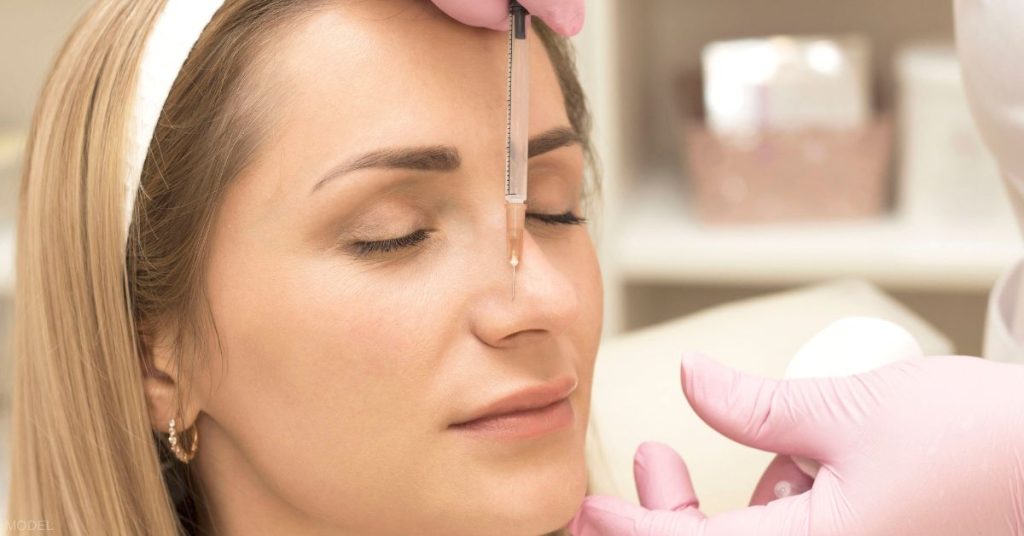Often marketed as a nonsurgical alternative to traditional rhinoplasty, “liquid rhinoplasty” uses dermal fillers to temporarily alter the shape of the nose. While it may seem appealing due to its quick results and non-invasive nature, liquid rhinoplasty may not be the best choice for everyone. Keep reading to learn more about a nonsurgical nose job and when it may or may not be right for you.
Temporary Results
One of the primary limitations of liquid rhinoplasty is the temporary nature of its results. Dermal fillers typically last about 6 to 12 months, after which you may need additional treatments to maintain the changes.
It can be a great option for patients who want to “try on” their results before committing to surgery. However, if you are looking for more permanent enhancement, surgical rhinoplasty has greater longevity. Find out how long surgical rhinoplasty results last in our related blog post.
While temporary fillers may typically be dissolved with special injections, Dr. Hobgood will not evaluate a rhinoplasty patient until at least 12 months have passed since filler agents or threads have been placed. It is critical that Dr. Hobgood is examining, consulting, and operating on your nose in its true form.
Key Considerations
- Ongoing Maintenance: Regular follow-up treatments can become costly over time and require consistent care to preserve results.
- Variable Outcomes: Because liquid rhinoplasty requires maintenance injections, your results may change over time or between sessions.
Limited Scope of Corrections
Liquid rhinoplasty is most effective for minor adjustments, such as smoothing out small bumps or slightly altering the nasal contour. However, it cannot address more significant issues like:
- Structural Deformities: Fillers cannot correct conditions requiring nasal bone or cartilage reshaping.
- Functional Problems: Issues such as breathing difficulties or a deviated septum require surgical intervention, as discussed in our blog post on functional rhinoplasty.
Good liquid rhinoplasty candidates seek only minor cosmetic corrections and have a realistic understanding of what dermal fillers alone can achieve.
Risks and Complications
Although it is a nonsurgical procedure, liquid rhinoplasty still carries potential risks and complications. These may include:
- Vascular Compromise: Incorrect injection technique can lead to serious complications like vascular occlusion, which can affect the blood supply to the nose.
- Inconsistent Results: The injector’s skill plays a significant role in the outcome, and using inexperienced practitioners can result in uneven or undesirable results.
Liquid vs. Surgical Rhinoplasty
Liquid rhinoplasty offers immediate results with minimal downtime and can be a valuable alternative for patients not yet ready for surgery. However, its scope is restricted to minor cosmetic changes and requires regular maintenance for the best results. Some patients appreciate the reversible nature of the procedure if the outcome is unsatisfactory.
In contrast, surgical rhinoplasty can be tailored to address both functional and aesthetic concerns using a variety of techniques. It offers greater customization for ethnic rhinoplasty patients and long-lasting enhancements; however, it does require a longer recovery period and may require revision rhinoplasty to correct unsatisfactory results. Learn more about the recovery times for closed versus open rhinoplasty in our related blog post.
Take the Next Step
Liquid rhinoplasty has its merits and may be a great option for some patients. Talking to a top facial plastic surgeon can help you determine whether a nonsurgical approach may be right for you at this time or if your goals are better suited for surgery.
To start your aesthetic journey, please request a consultation or call Hobgood Facial Plastic Surgery at (480) 214-9955 today.


Leave a Reply